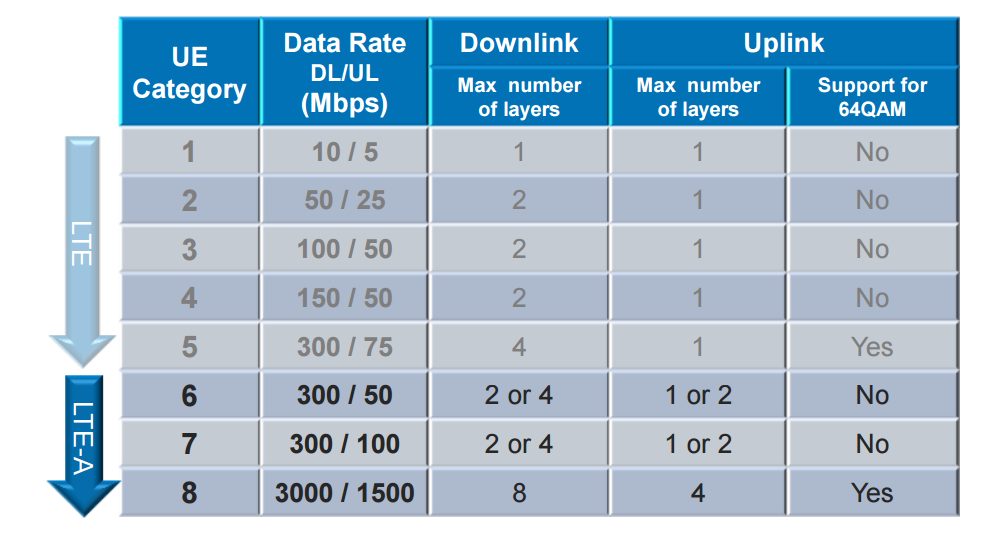
Think of your LTE modem as a pipe. Data is the water and it flows through the pipe. The cellular tower is the main line and controls the flow of data to each device on the Wide Area Network (WAN). The LTE router connects to the cellular network and is the portal (gateway) through which data passes to your devices. In the cases of a surveillance system, this data flows over the WAN when you access the system remotely from you device. This makes it possible to see video streams remotely, activate devices, and is one of if not the most important single device on your mobile surveillance unit.
Most of us experience the limitations of these networks and devices on a daily or weekly basis. An example is when you are at a busy concert and the internet on your phone is slow. Maybe you have kids and when everyone is at home and using their device, your home network is slow. You are streaming a movie on Netflix and it suddenly pauses while the video buffers. We have all experienced a data bottleneck. Just like in traffic or liquid, a bottleneck occurs when there is a restriction or limiting factor along the path or data pipeline.
One of the things we don't often consider is the capability of our own device. When it comes to LTE modems there are specific device categories. When a device connects to a cellular tower one of the first pieces of information that device sends is the UE Category. This tells the network the maximum capability of the device and at this point the network knows the limitations of that device and what amount of date rate the device is capable of.
So what does this mean - in general if your LTE modem modem is a lower category, then it does not matter what speeds are available in the area because your modem may not have the capability of transmitting data at that speed.
Upload and Download Speeds: Most of us are more experienced with download speeds. When you watch a movie on your device you are downloading the video from a remote server. The remote server is uploading the video to the network. If you have sufficient download speed, but the remove server has too many connections you may experience a slow connection because the video is being limited by the upload speed of the remote server. The bottleneck was on the server side in this case. Let's apply this same concept to your mobile surveillance system. If you are trying to stream video from your mobile surveillance system this connection is dependent on the download speed of your device and also the upload speed of the LTE modem built into your mobile surveillance system.
At GoView the minimum UE Category device we use is Cat7. This allows for 300 mb/s download and 100 mb/s upload. This ensures that the category rating will never be the limiting factor in your being able to view video from your system. There are many other factors that could limit the speed, such as the network signal quality or noise level, and also the amount of usage on a particular cellular tower. We can't control all the factors, but we strive to use the best quality equipment so that you have the best live streaming experience. Video streaming speed is also crucial for live monitoring agents to be able to access the video in real time and use active measures to stop the crime.
